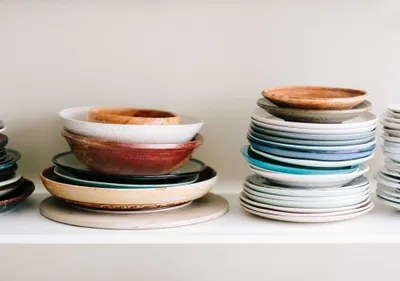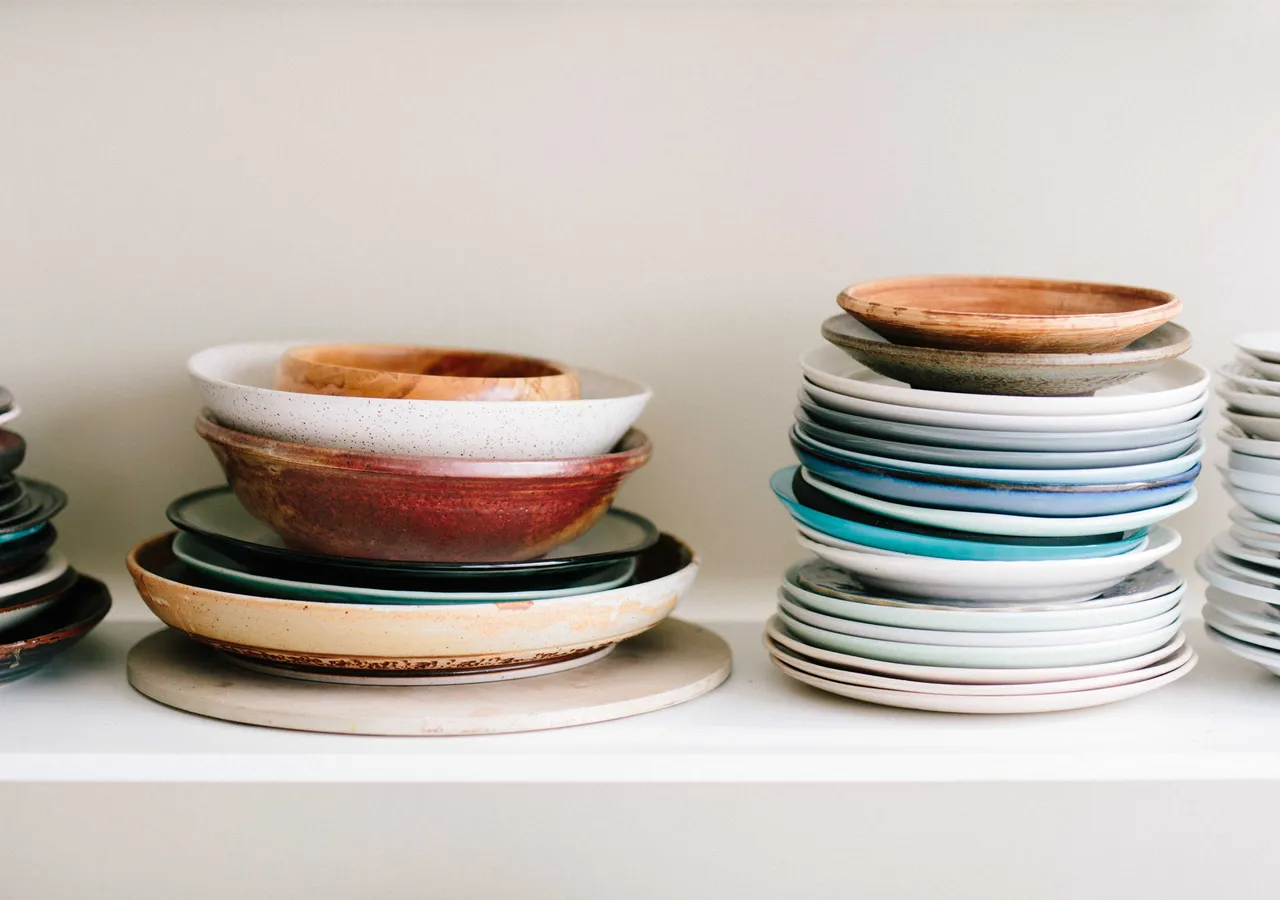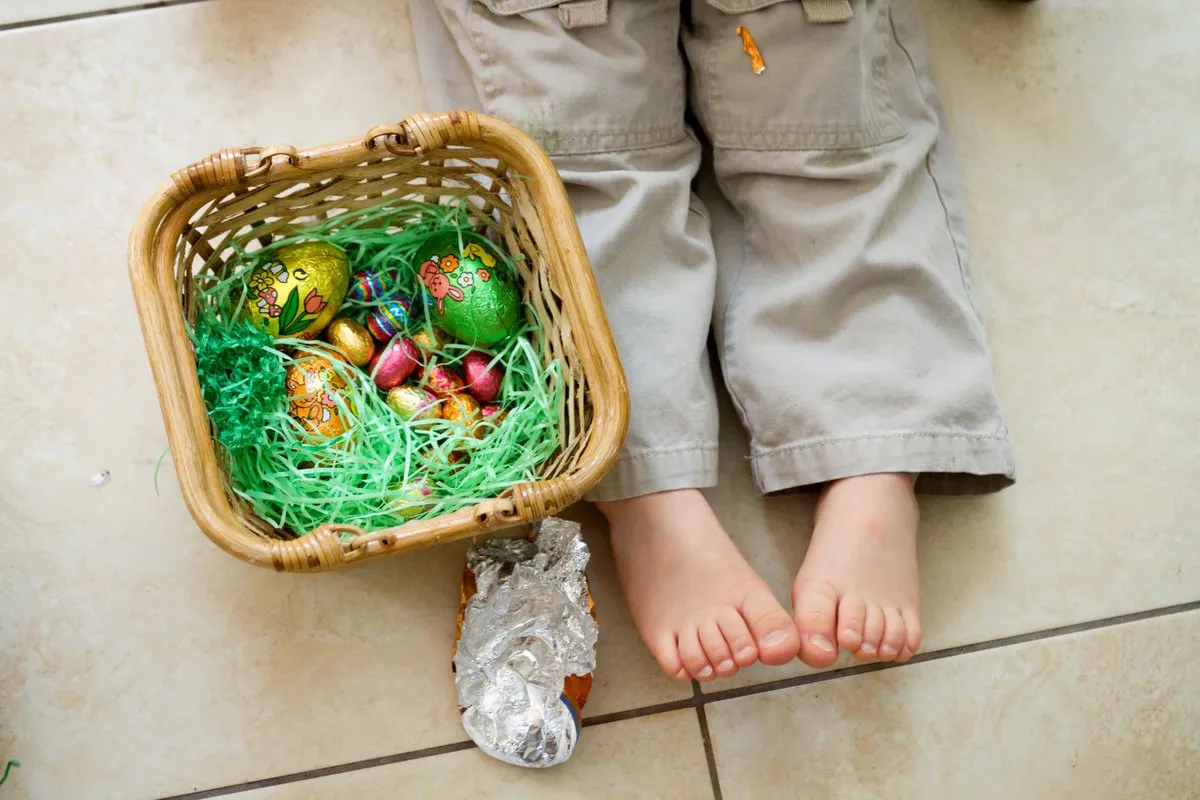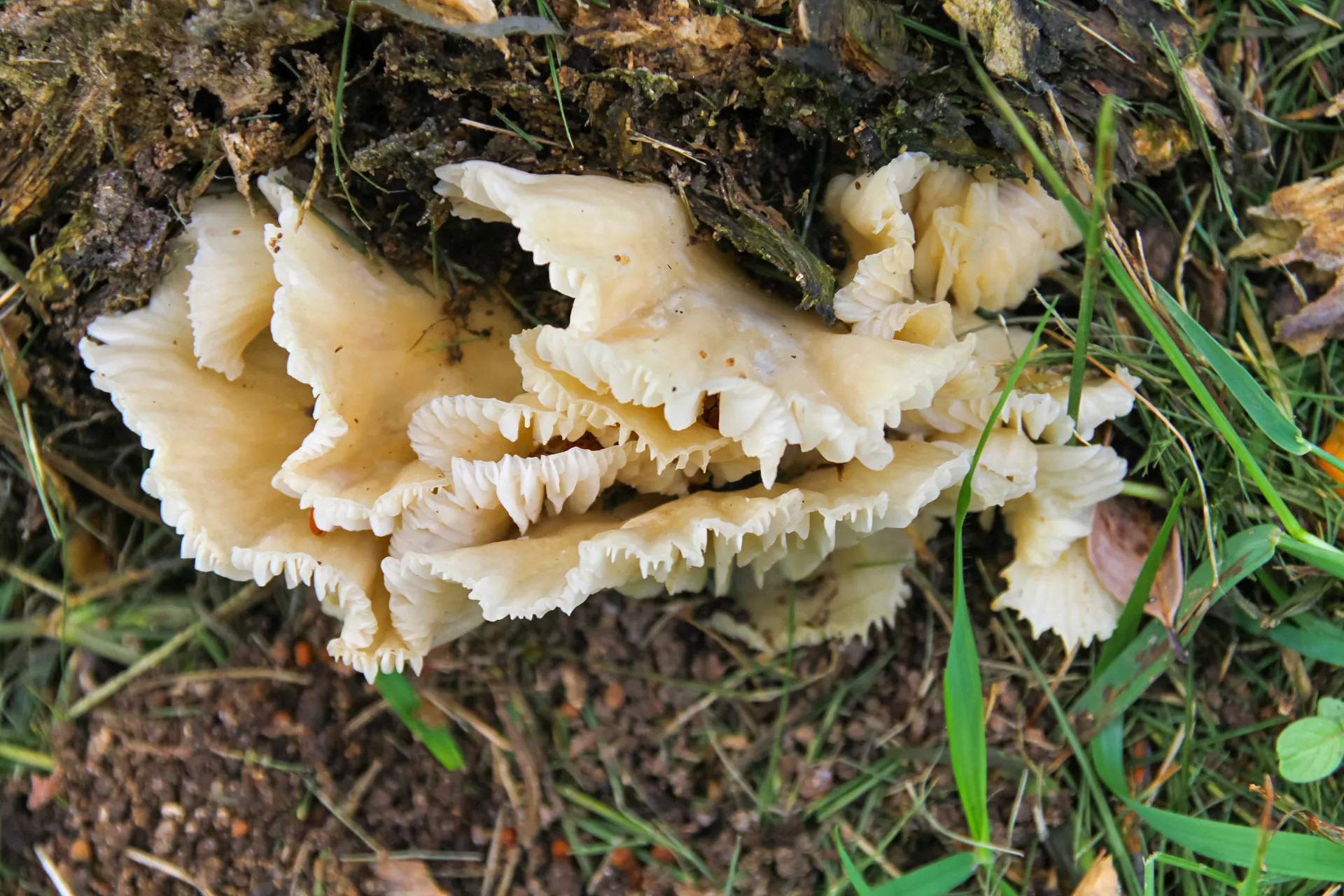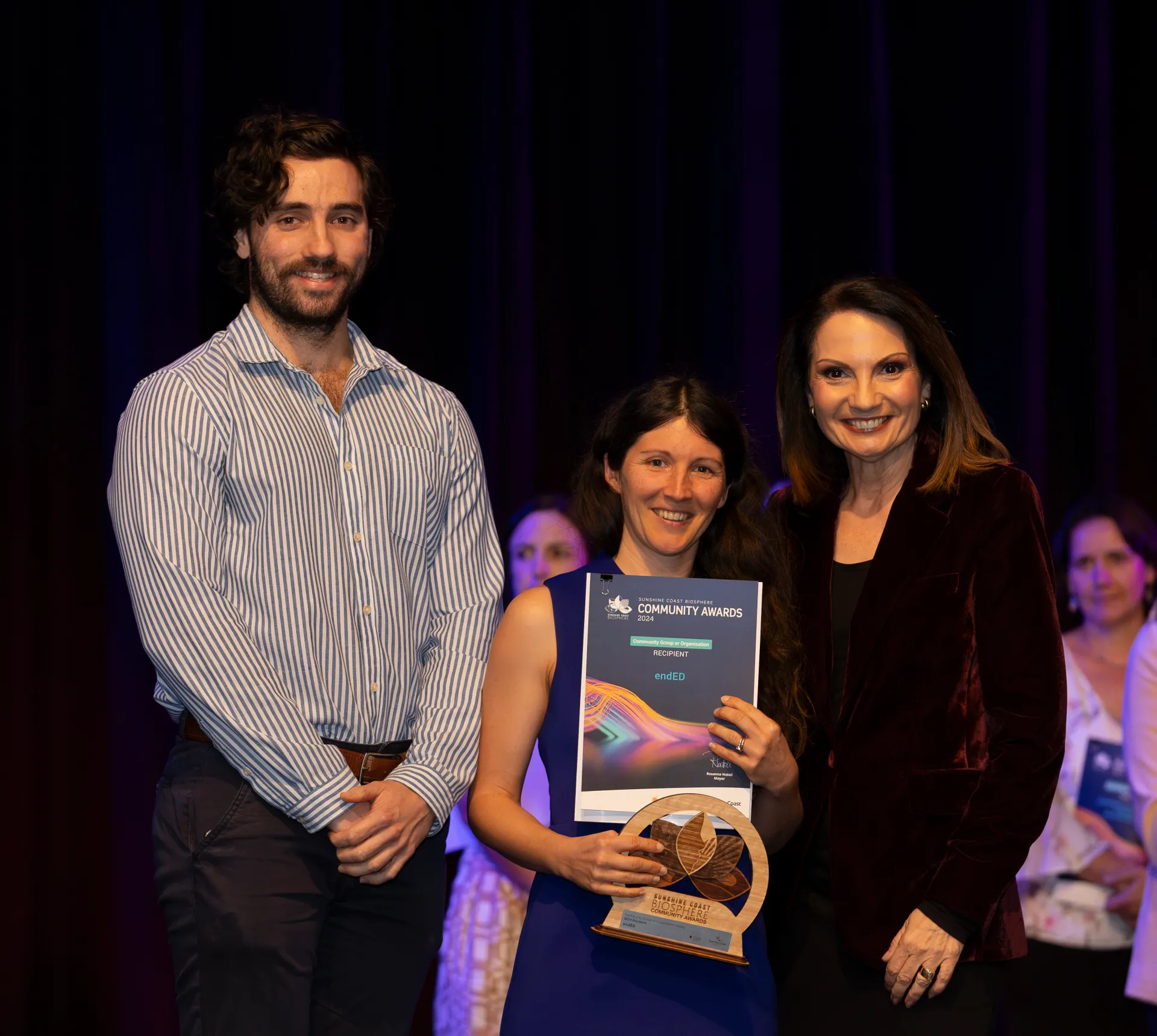How This Groundbreaking Sailboat Is Clearing Plastic From the Oceans
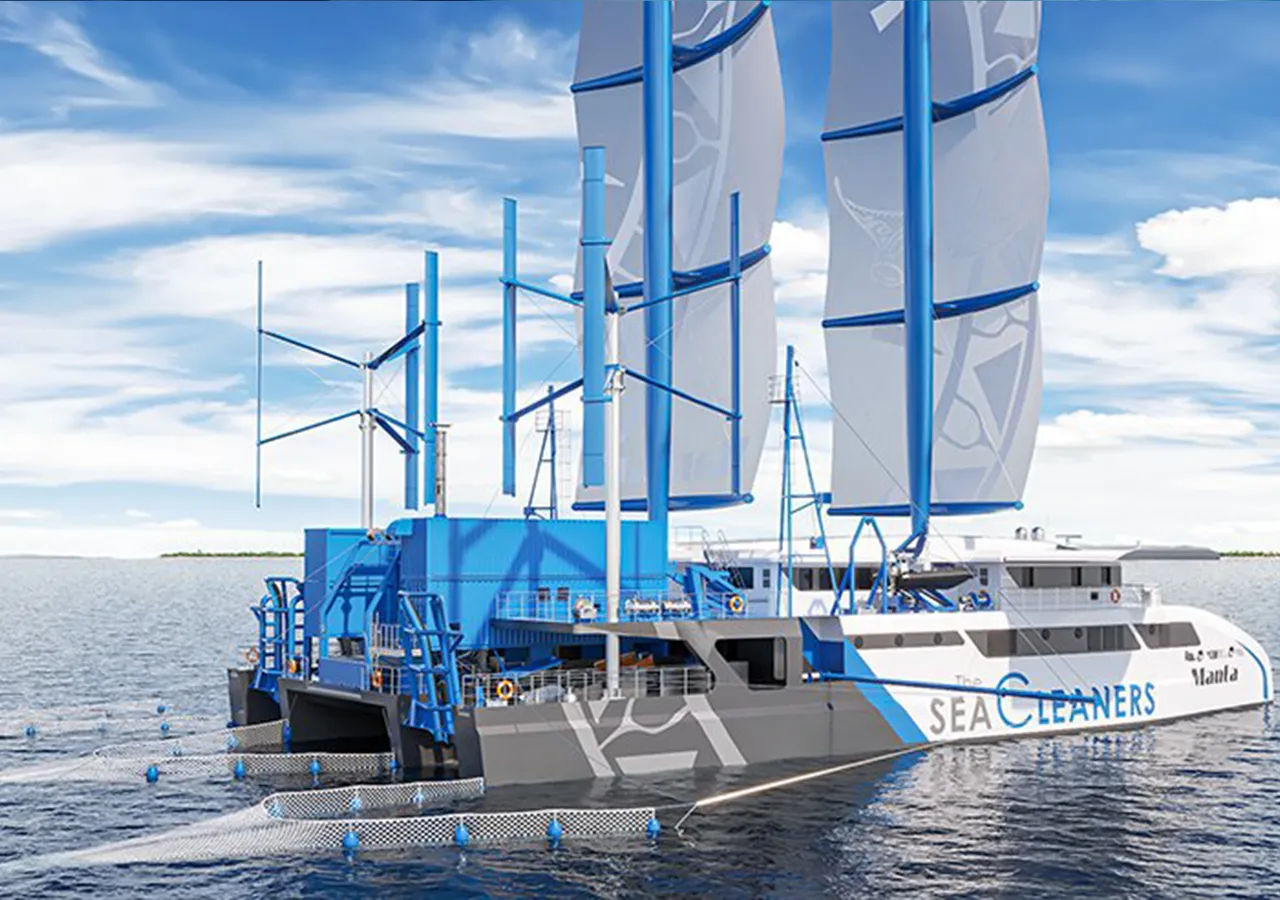
The 185-foot sailboat, the Manta, collects and recycles marine waste and is powered by renewables.
Manta, named for the retractable wings it uses to hold solar panels, is an environmental showstopper.
Taking in three tons of waste an hour, 10,000 in a year, it is the first sea-cleaning ship capable of collecting plastic waste on an industrial scale.
The ship was masterminded by record-holding sailor Yvan Bourgnon, who set up the NGO responsible for its design, SeaCleaners, in 2016.
In 2015, Bourgnon had to drop out of the Transat Jacques Vabre yacht races after his boat was struck by plastic debris.
"I’ve missed out on records and broken my boat 12 times hitting ocean debris", he explains.
Over his 20 years of sailing, which includes being the first person to sail solo from Alaska to Greenland, Bourgnon has noticed a sharp rise in the amount of marine waste in our oceans.
His NGO comprises over 58 engineers and researchers and 17 external partners, all employed to design the Manta.
The vessel is a feat of eco-engineering: two wind turbines, 500m2 of solar panels, and a plastic-eating span of 151 feet.
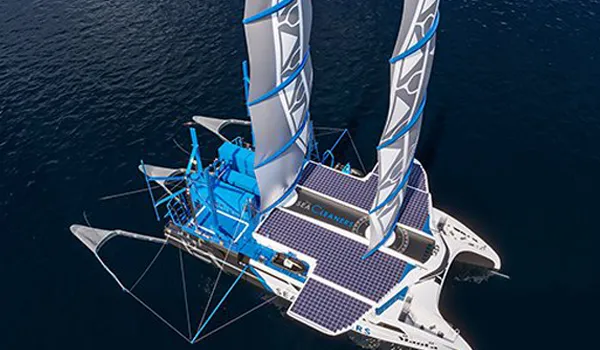
The waste is then sorted by a 22-person crew, who send metal and glass to onshore recycling units and return the organic matter to the sea. The collected plastic waste is fed into the Waste-to-Electricity Conversion Unit which then turns the synthetic gas into electricity, providing power for the captain and crew.
Although the Manta was a result of Bourgnon's sea-based expeditions, its intended destination is actually mostly coastal areas and estuaries of rivers.
Bourgnon explains: "The 20 largest rivers in southeast Asia account for 60% of ocean plastic", and so the Manta will be concentrated in rivers such as the Yangtze and Ganges.
The Manta is ground-breaking for environmentalists and will be able to transform the way in which marine pollution is tackled.
Currently there are approximately 5.25 trillion macro and micro pieces of plastic in our oceans, and the Manta promises a large-scale solution.
Due to the vast amount of waste, individual efforts will not be enough and we must look for large-scale, cooperative efforts. Luckily, Bourgnon shares this vision.
"I’m not in competition with other boat builders to be the only one with a Manta," he says. "Our hope is that hundreds of Mantas will be built around the world to help with the great ocean clean-up."
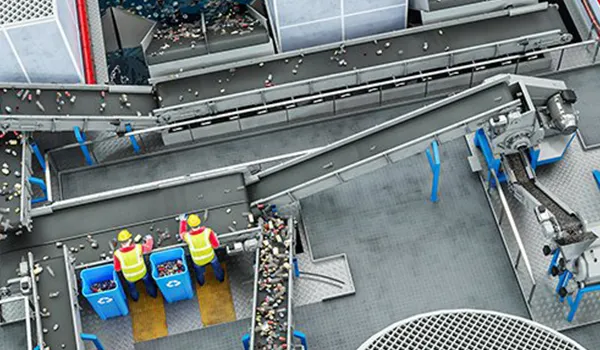
The use of renewable energy sources is also exciting; powering such a large vessel on wind and solar opens up huge possibilities for the future of transport and technology.
The boat is set to make its first trip in 2025, and here's to seeing a whole ocean of Mantas in the near future.
Why Global Citizens Should Care
The UN's Global Goal 14 commits to protect all life below water. But plastic pollution, among other marine waste, threatens that life. In order to put a stop to this, we need to focus on transforming our supply chains and manufacturing practices — and deal with the damage already done. Find out more about this issue and take environmental action here.
Related Stories
This UK River Has Six Times More Plastic Density Than the Great Pacific Garbage Patch
5 Genius Inventions That Help Stop Microplastic Pollution in Our Rivers and Oceans
